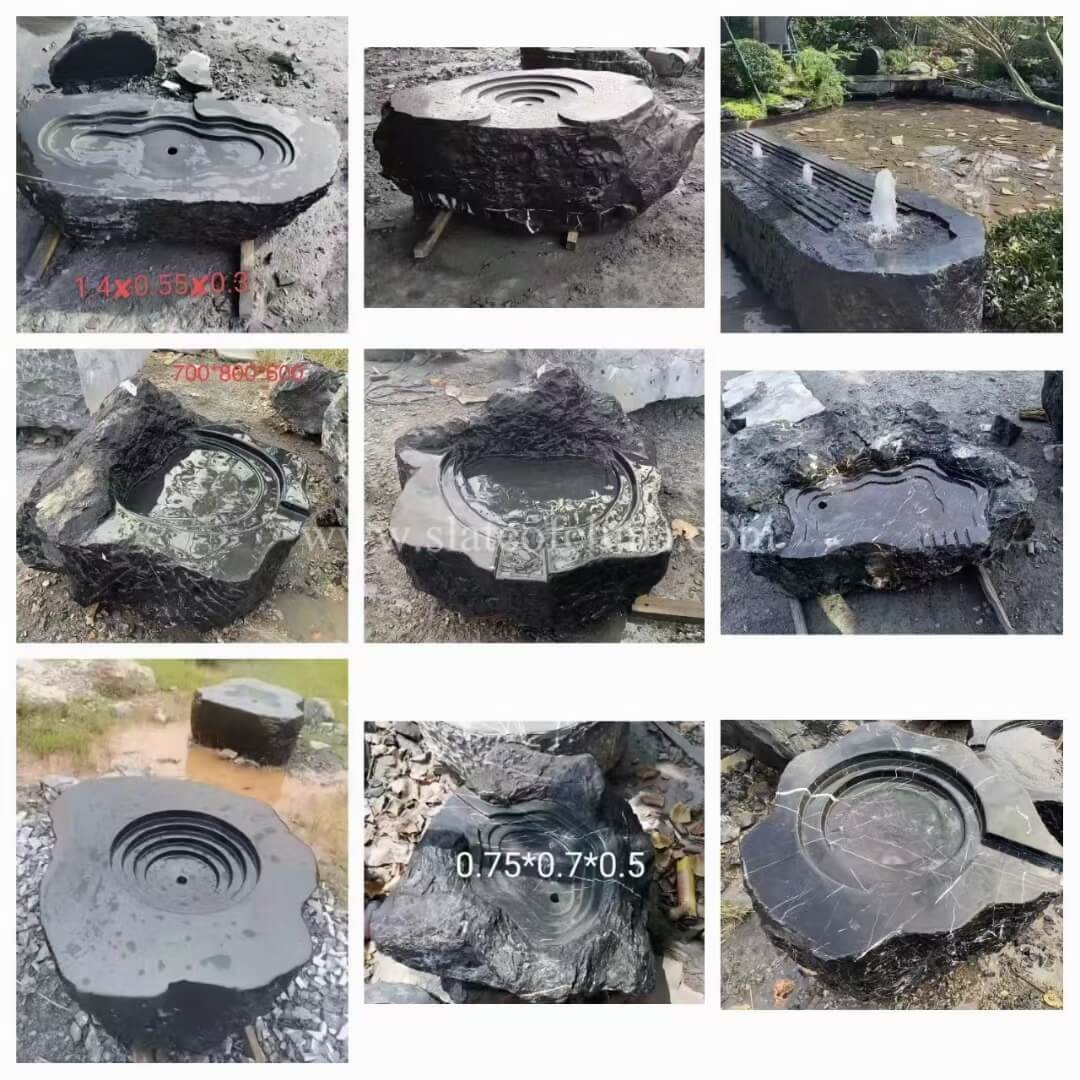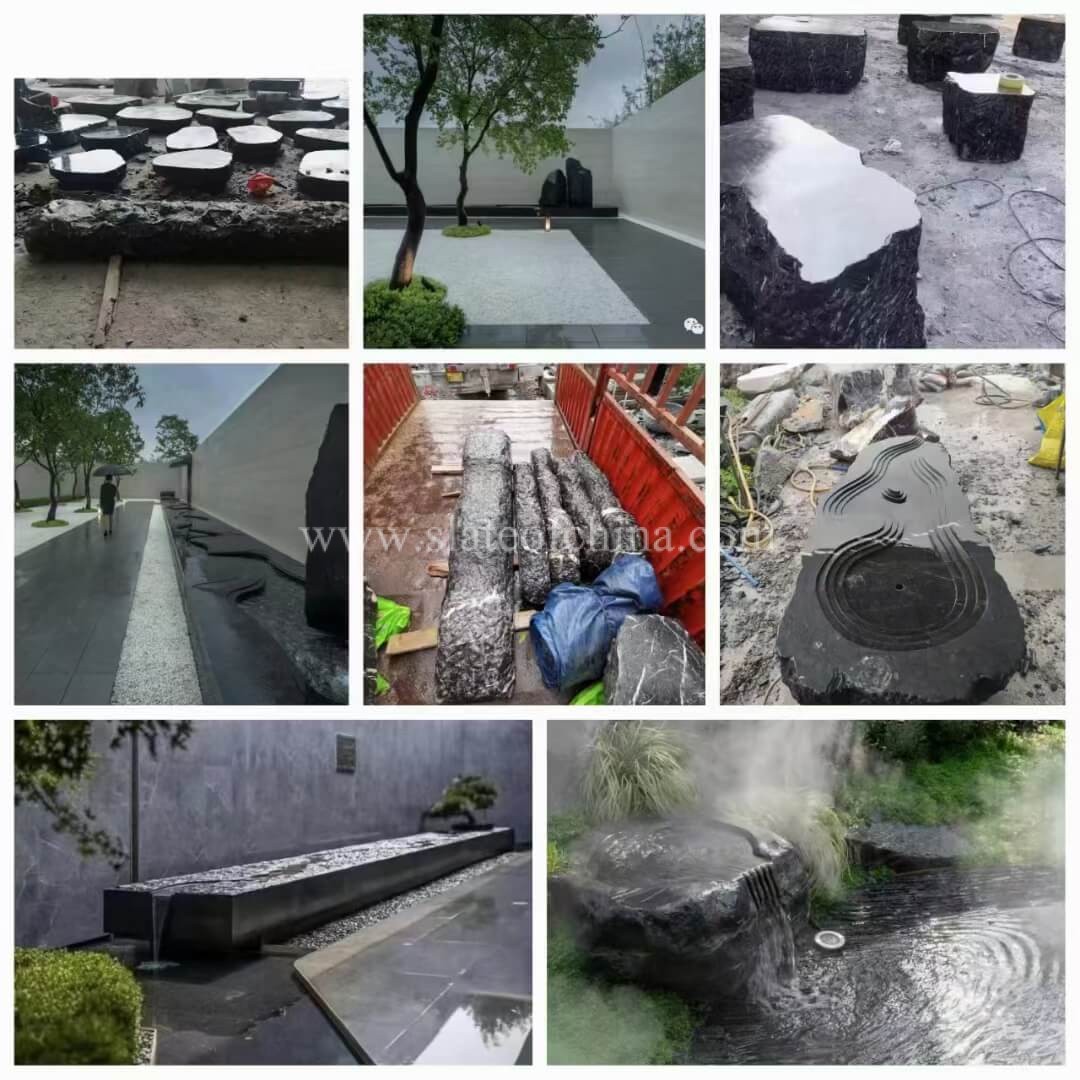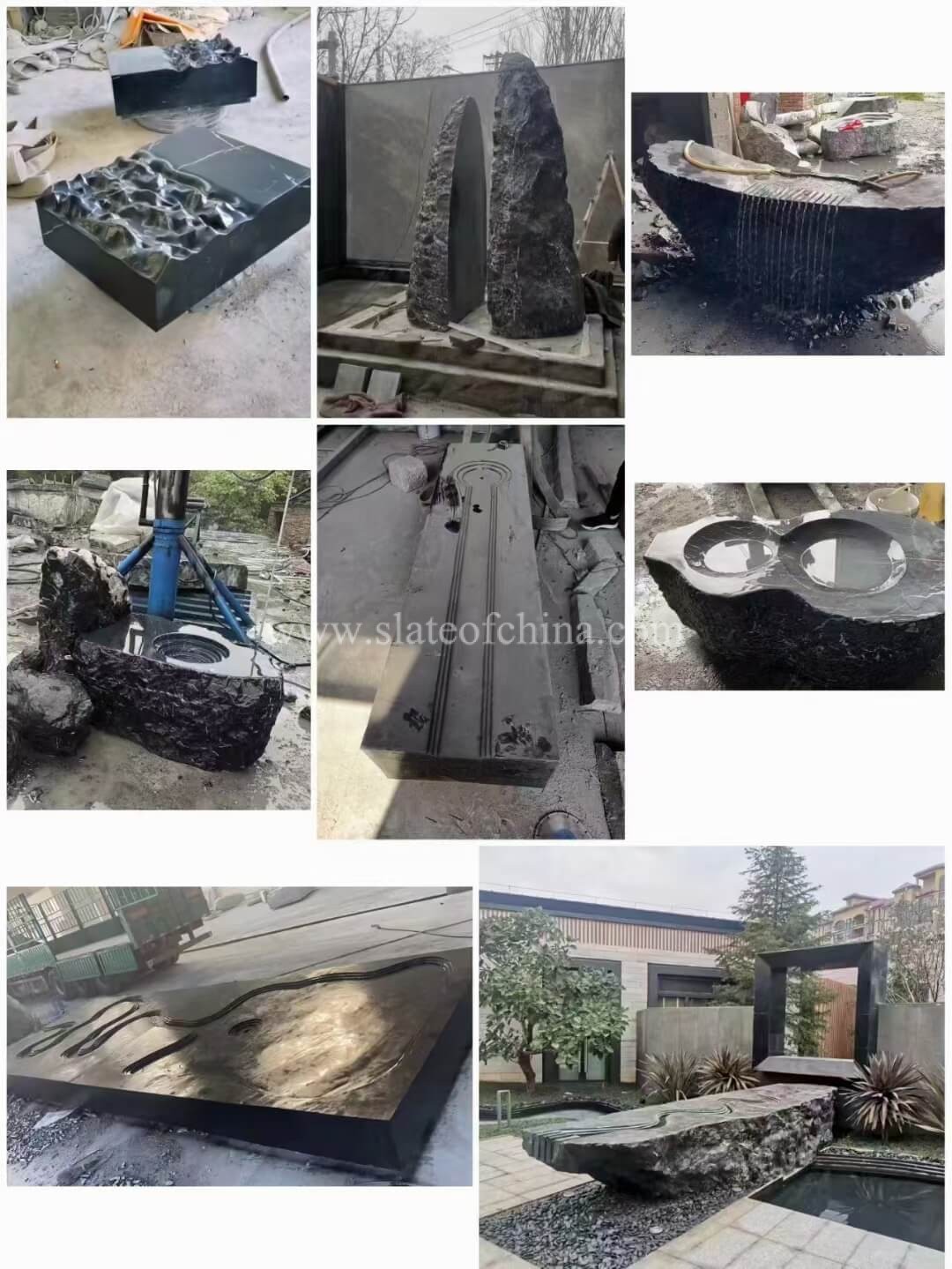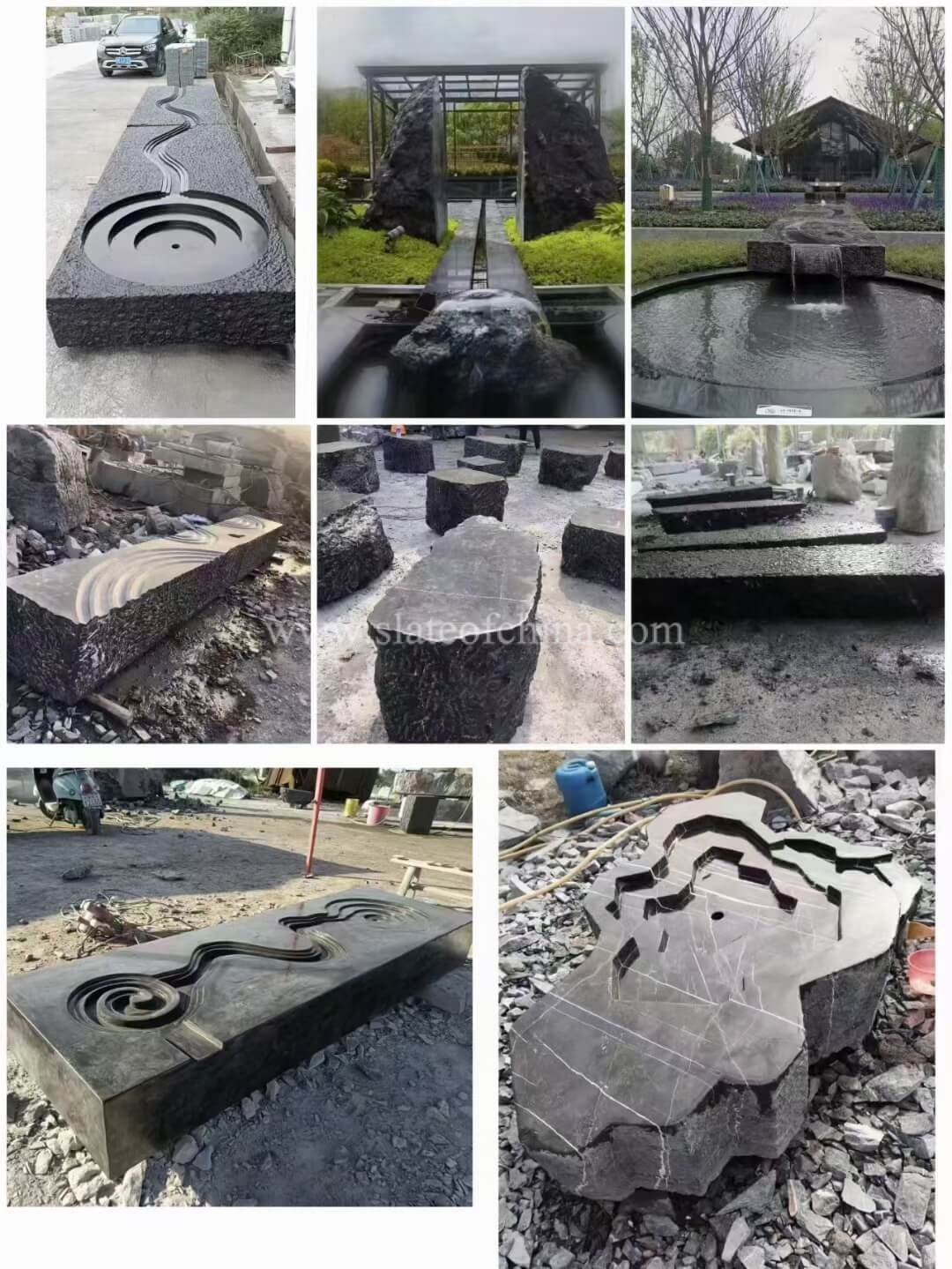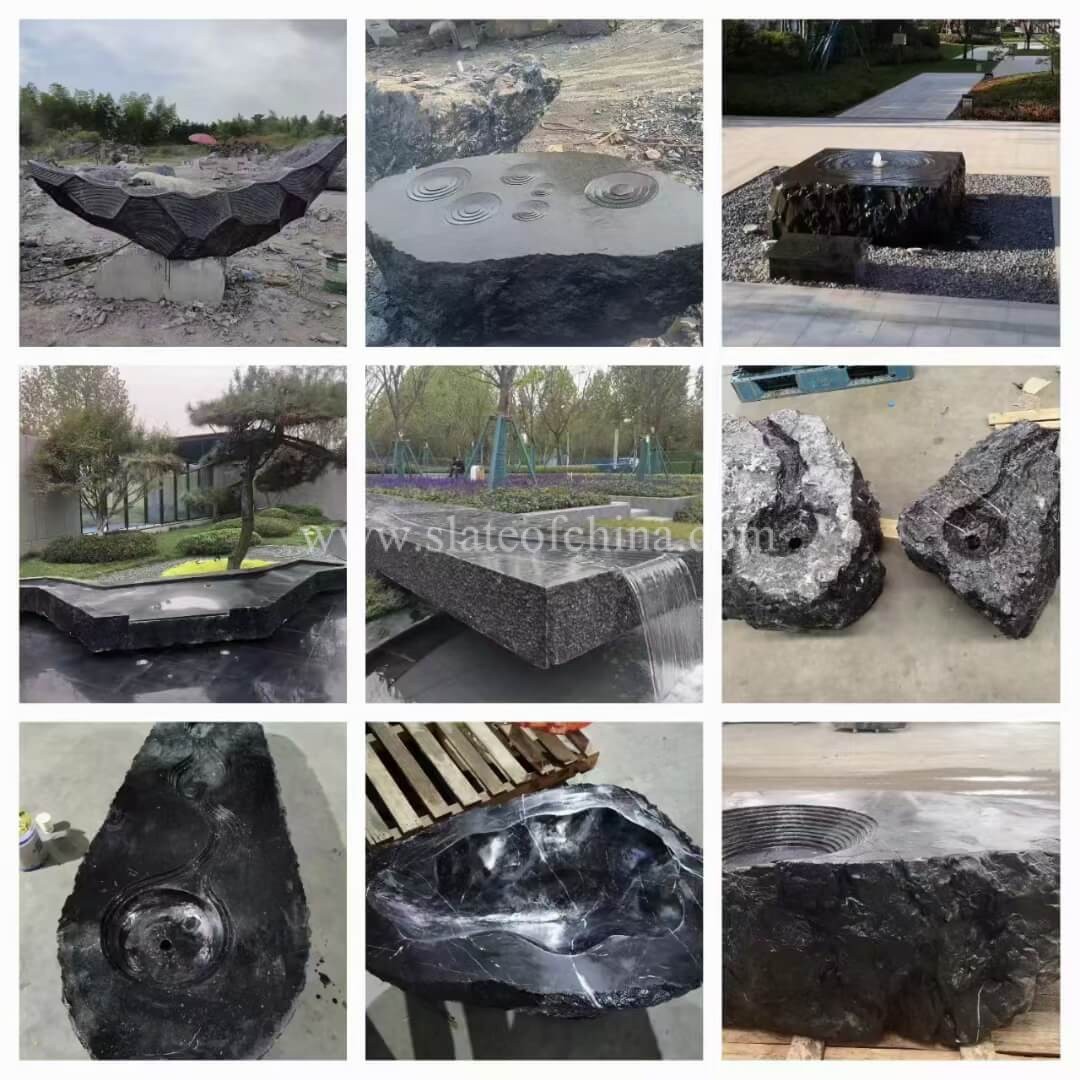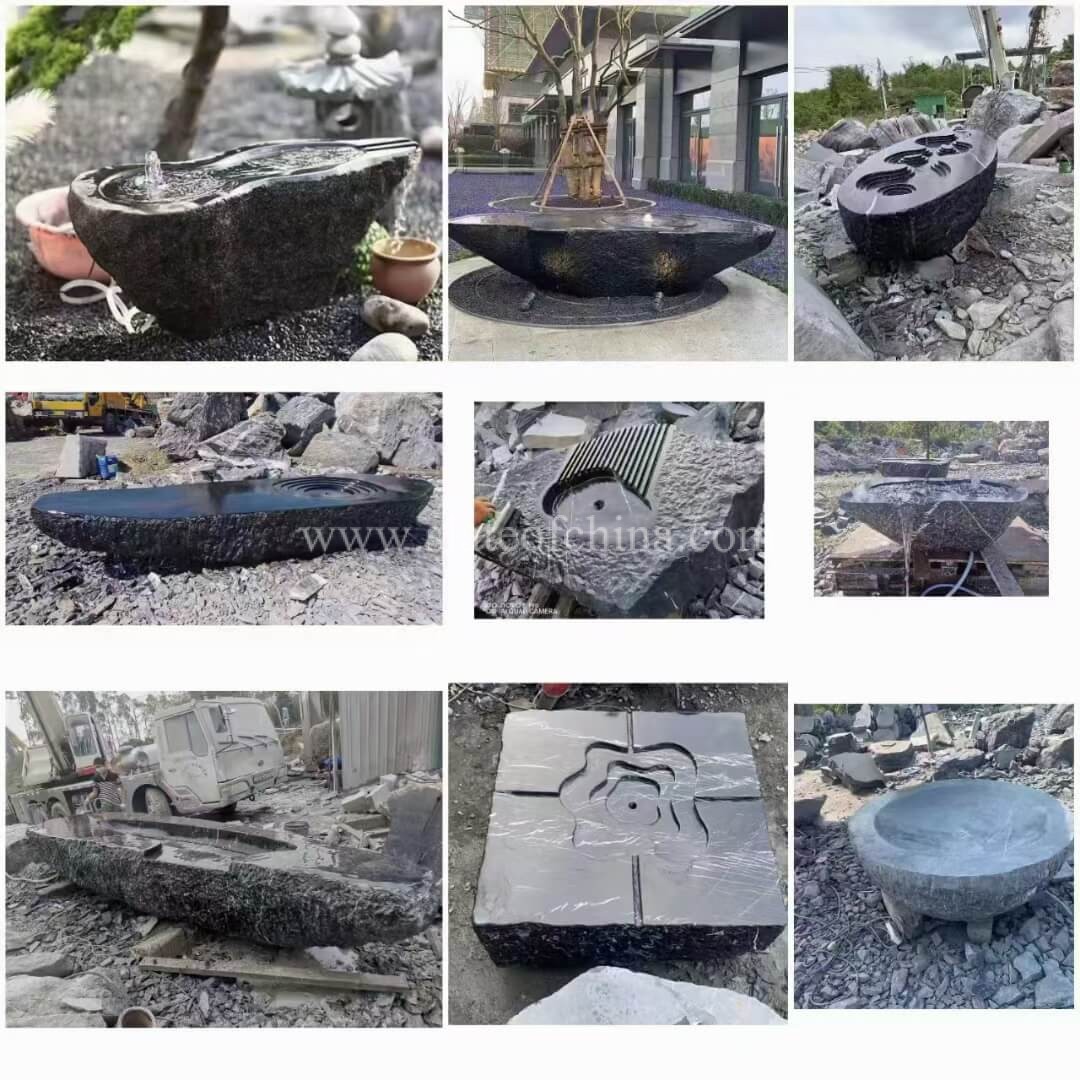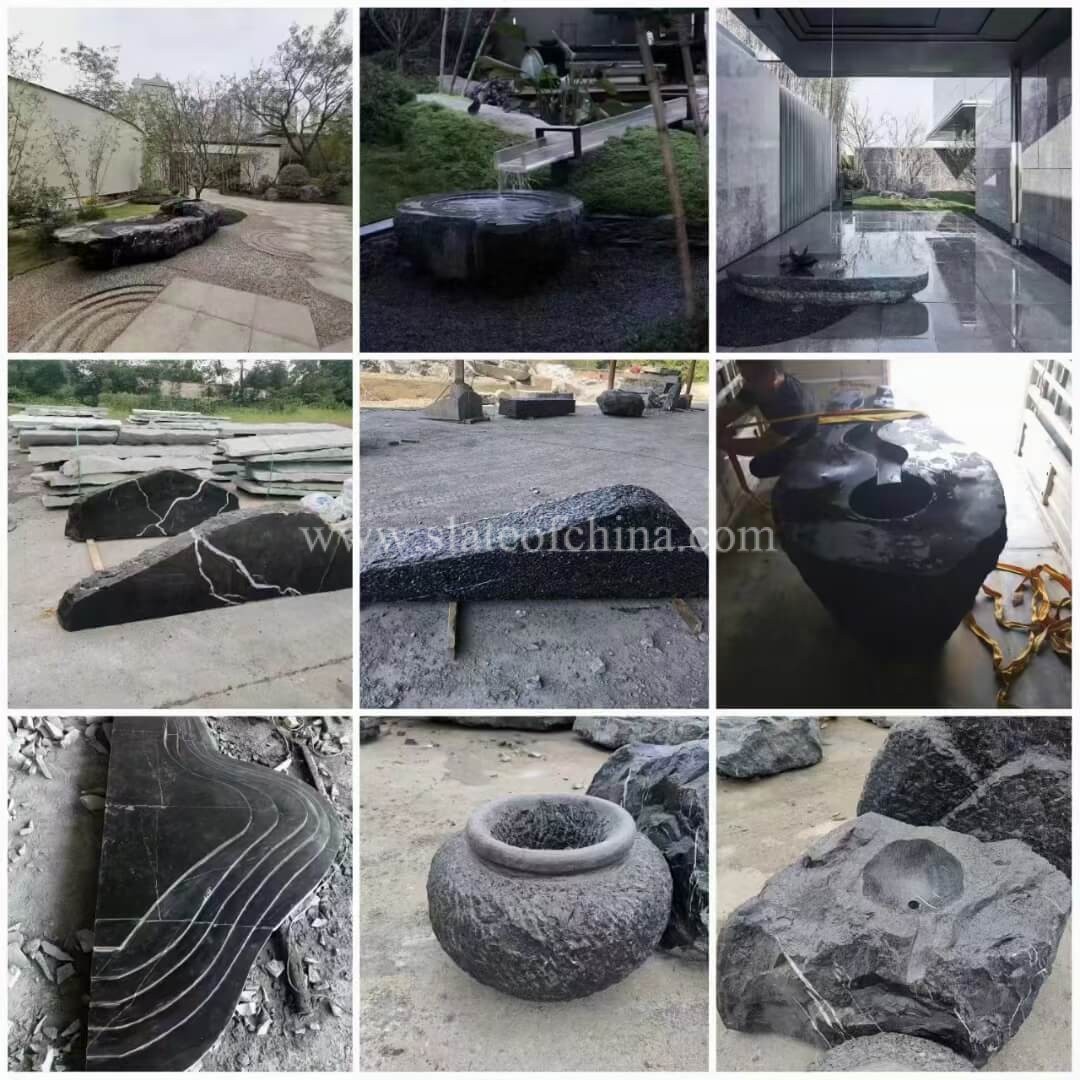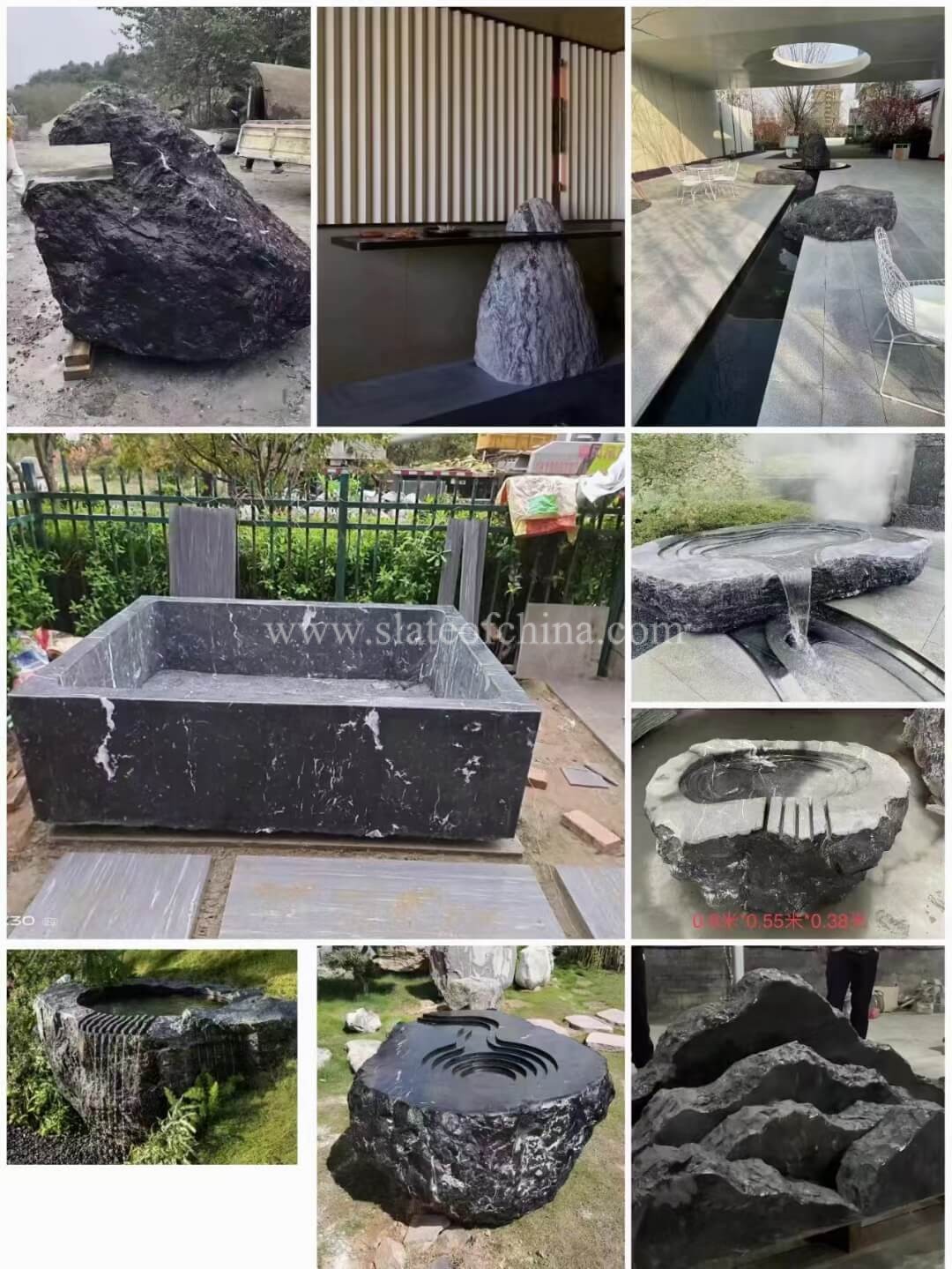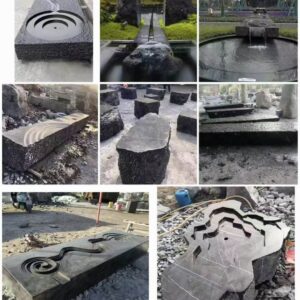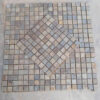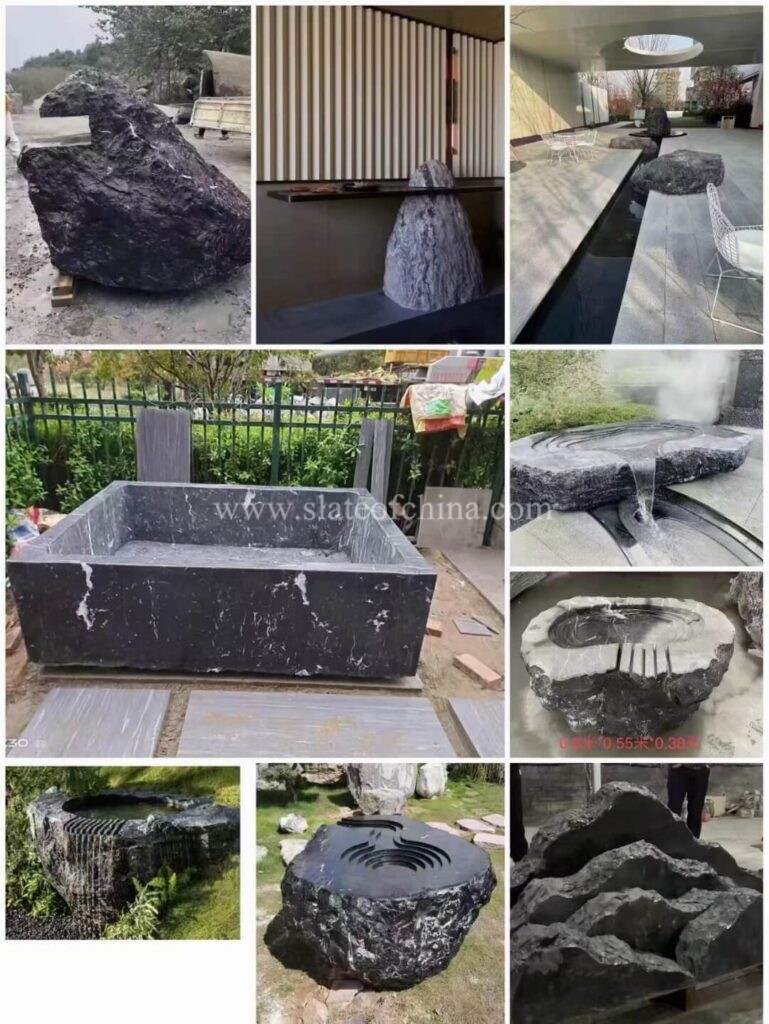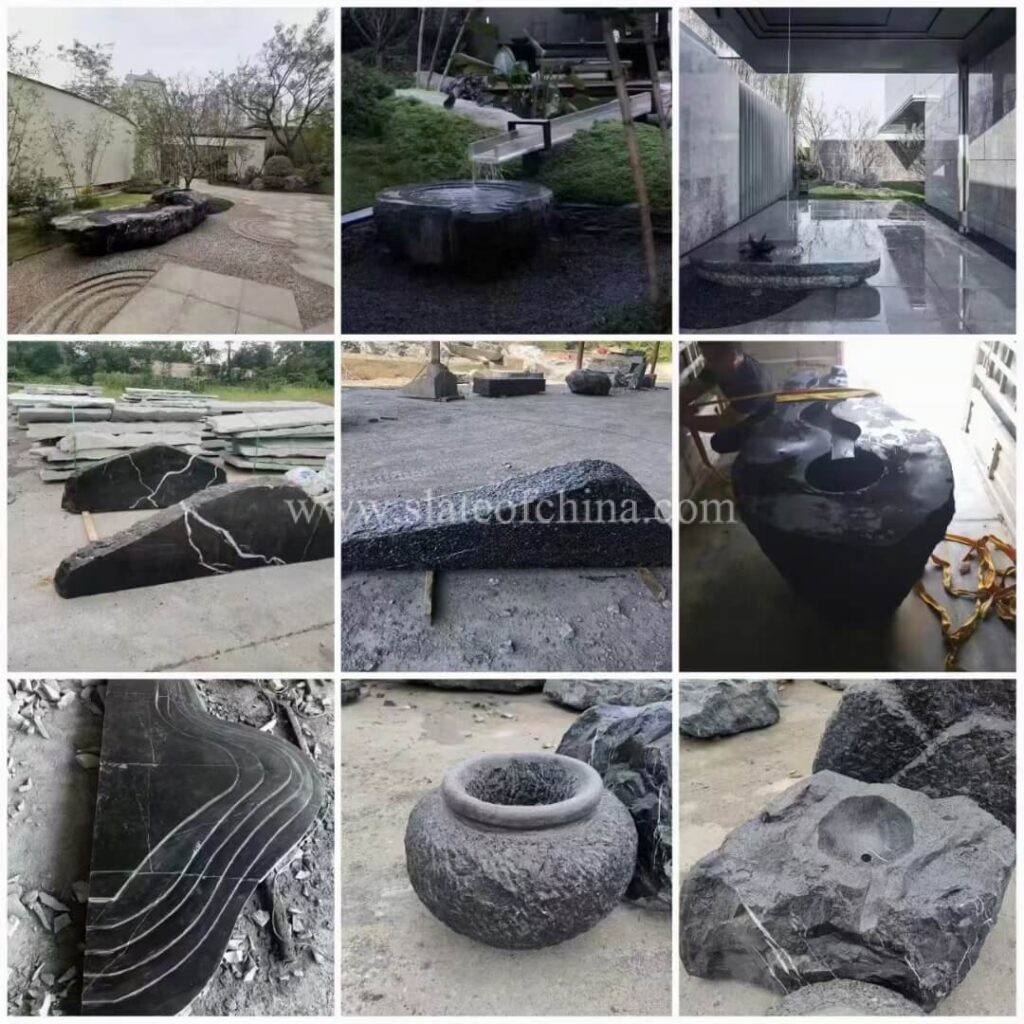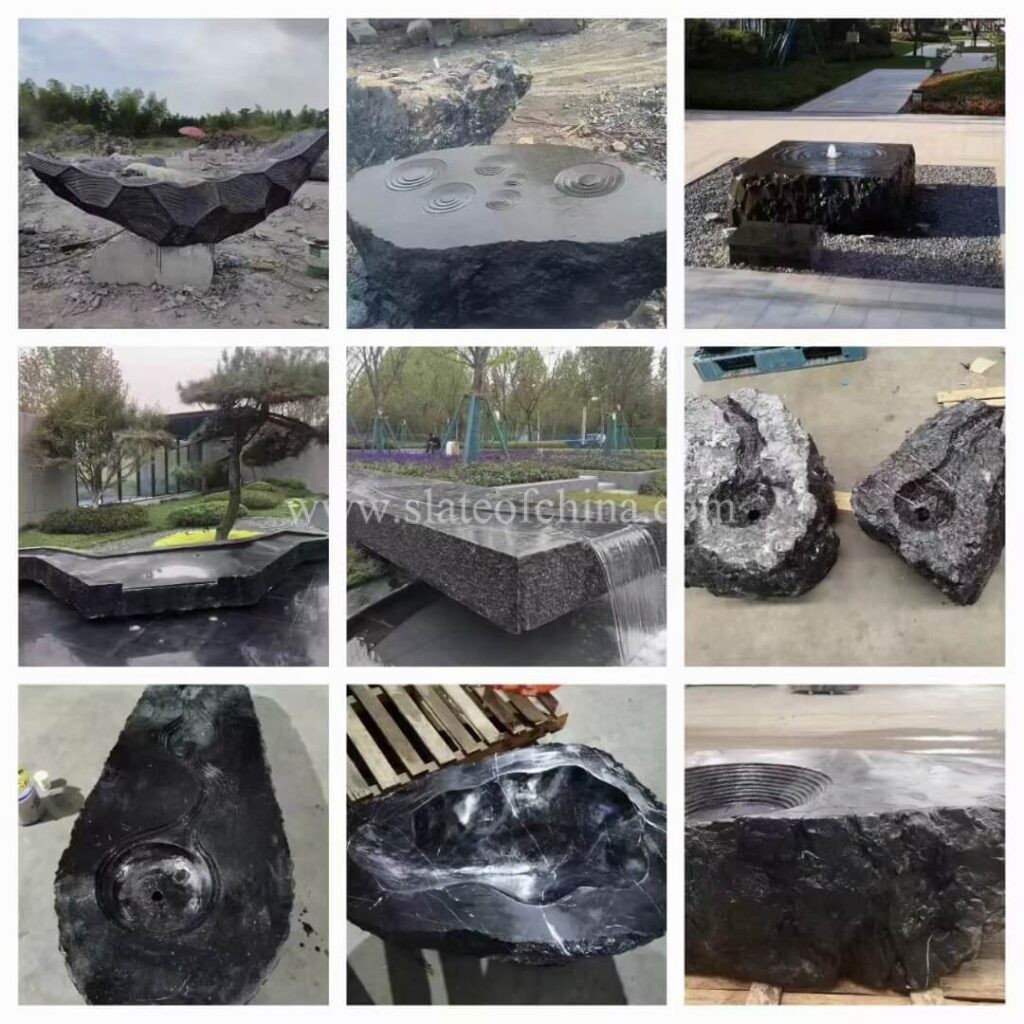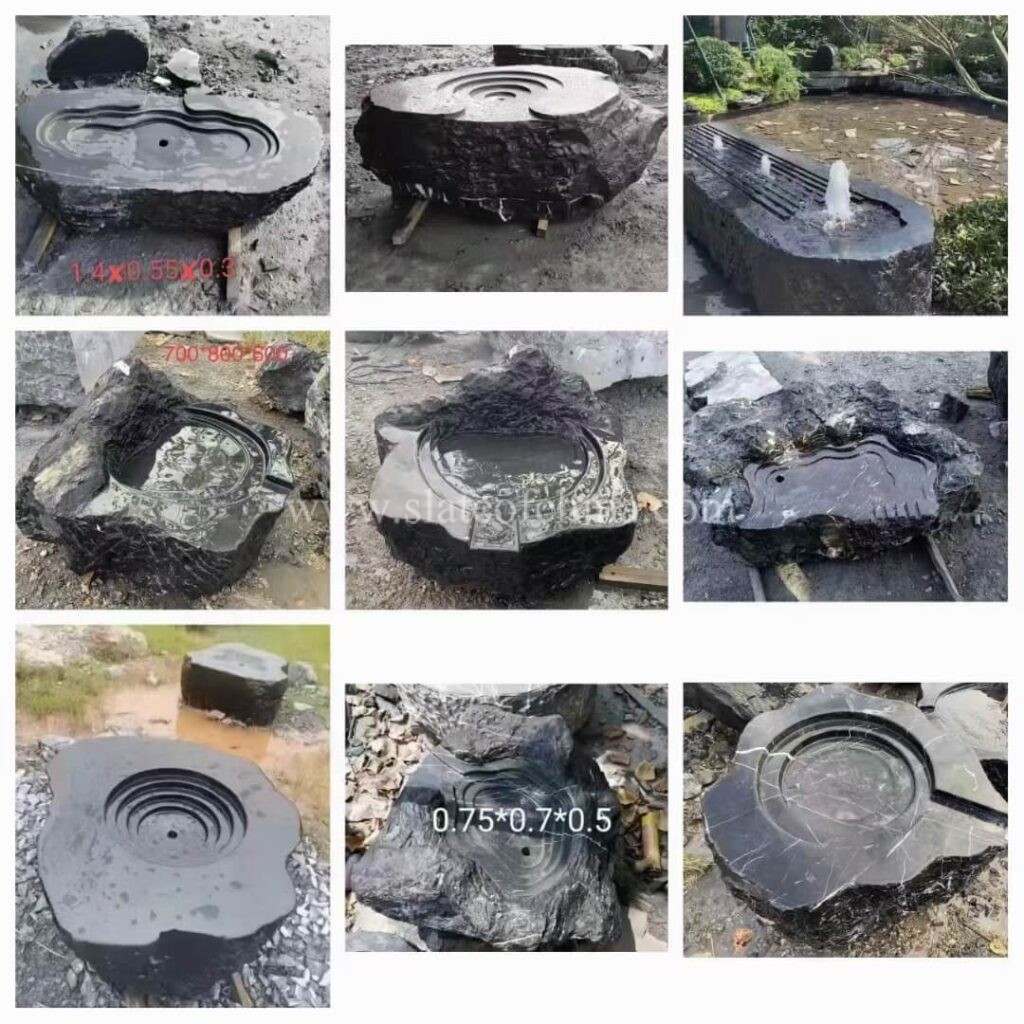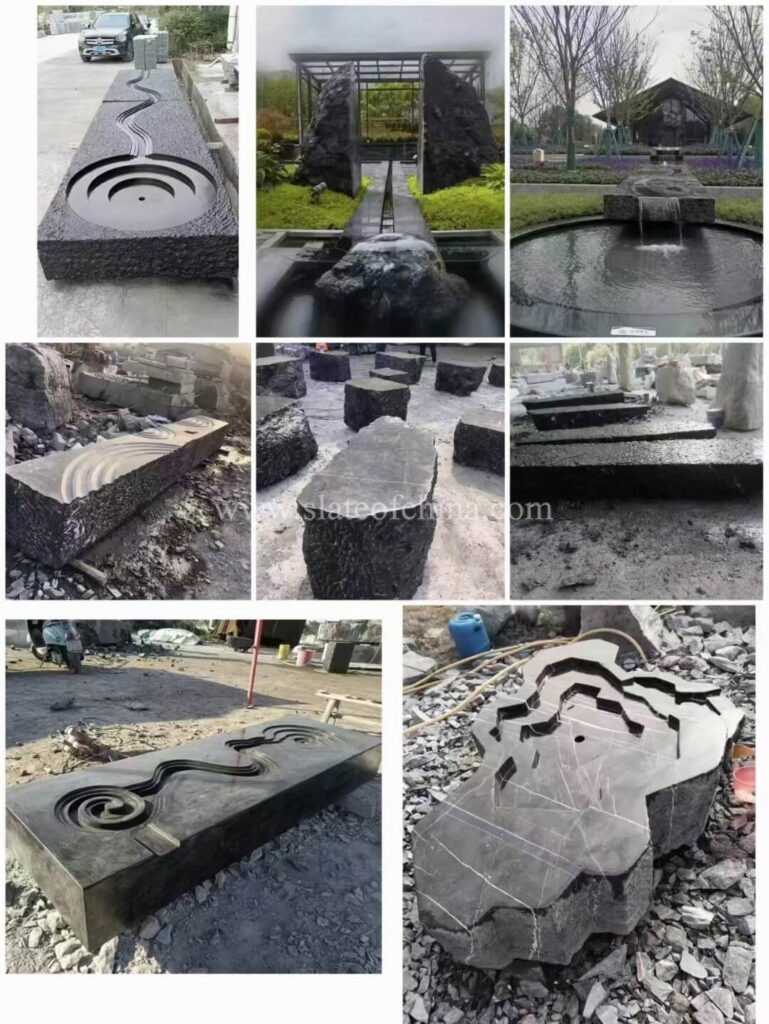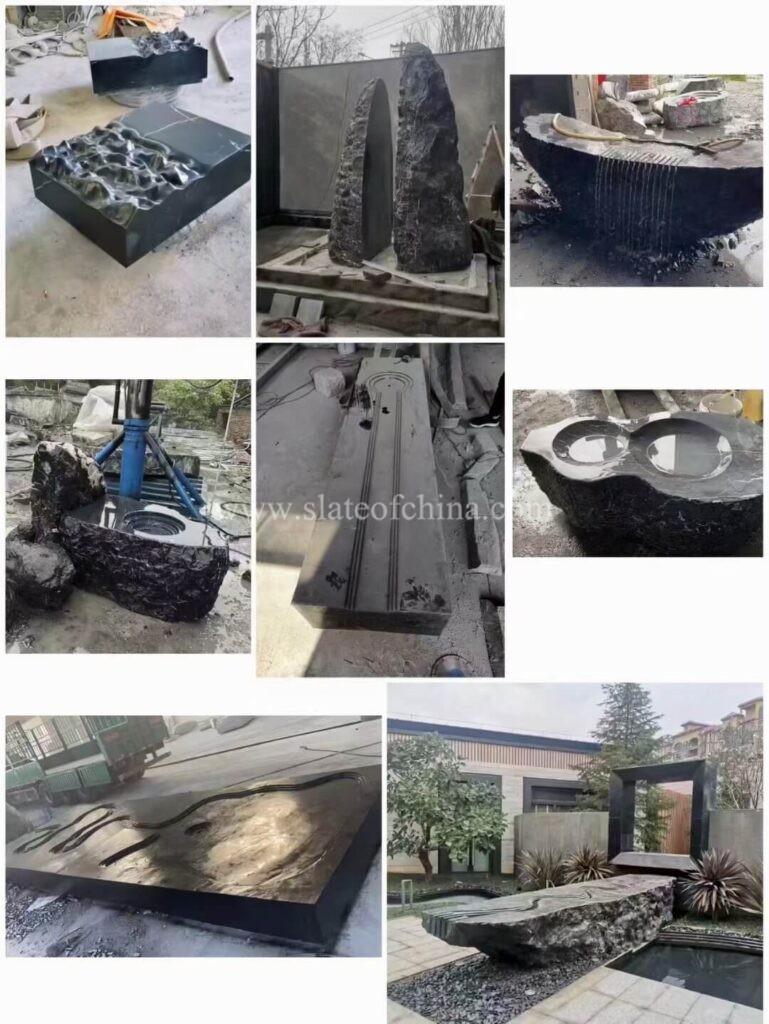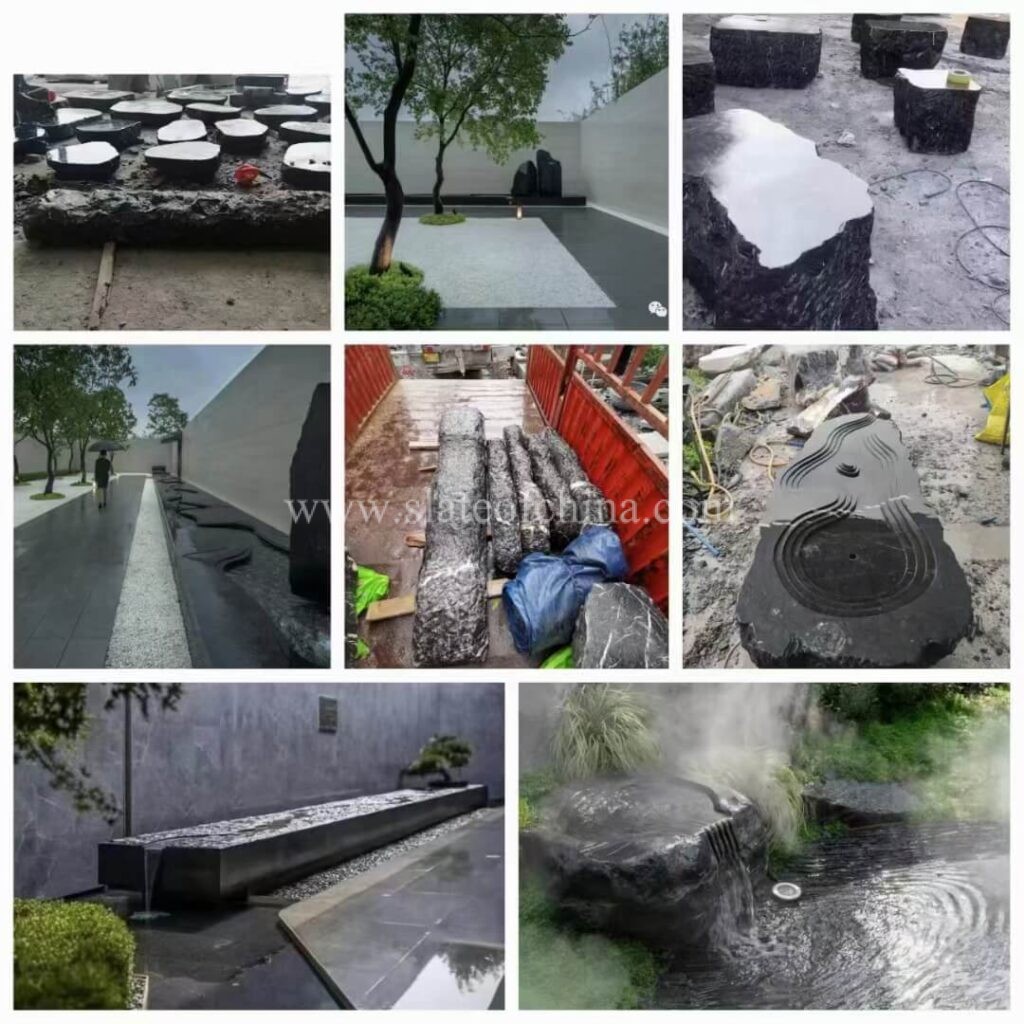Shaped stone processing is a meticulous and skilled technique that involves cutting and shaping stones into desired forms for various purposes. This process transforms raw, unrefined stones into custom-designed pieces that can be used in architecture, decoration, and landscaping.
The process begins with selecting the appropriate type of stone, considering factors such as durability, aesthetics, and intended use. Skilled craftsmen then use specialized tools and machinery to carefully cut and shape the stone according to specific measurements and design requirements.
Shaped stone processing can involve various techniques, including sawing, grinding, polishing, and carving. These processes allow for the creation of intricate details, smooth surfaces, and precise dimensions, resulting in stunning and visually appealing stone pieces.
The applications of shaped stone processing are vast. In architecture, shaped stones can be used for building facades, columns, arches, and decorative elements. In interior design, they can be employed for countertops, flooring, fireplace surrounds, and wall cladding. In landscaping, shaped stones can be used for pathways, garden borders, water features, and sculptures.
The beauty of shaped stone lies in its ability to add a touch of elegance, timelessness, and natural beauty to any space. Whether it’s the sleek lines of a modern building or the intricate carvings of a historical monument, shaped stone processing allows for the creation of unique and custom-designed pieces that enhance the aesthetic appeal of any project.
Overall, shaped stone processing is a meticulous craft that combines technical expertise and artistic vision. It transforms raw stones into stunning works of art that not only serve functional purposes but also elevate the beauty and sophistication of the spaces they adorn.

